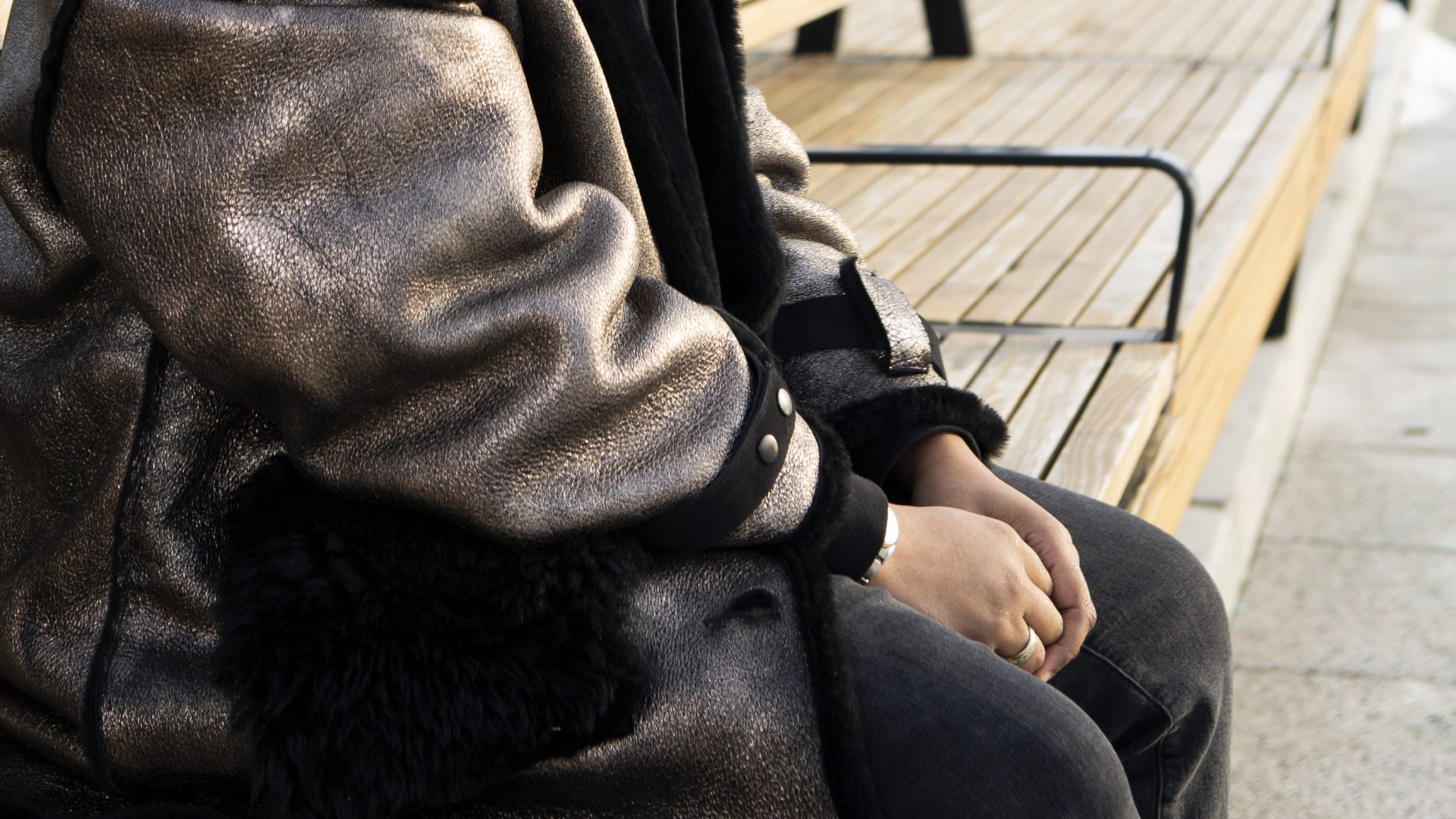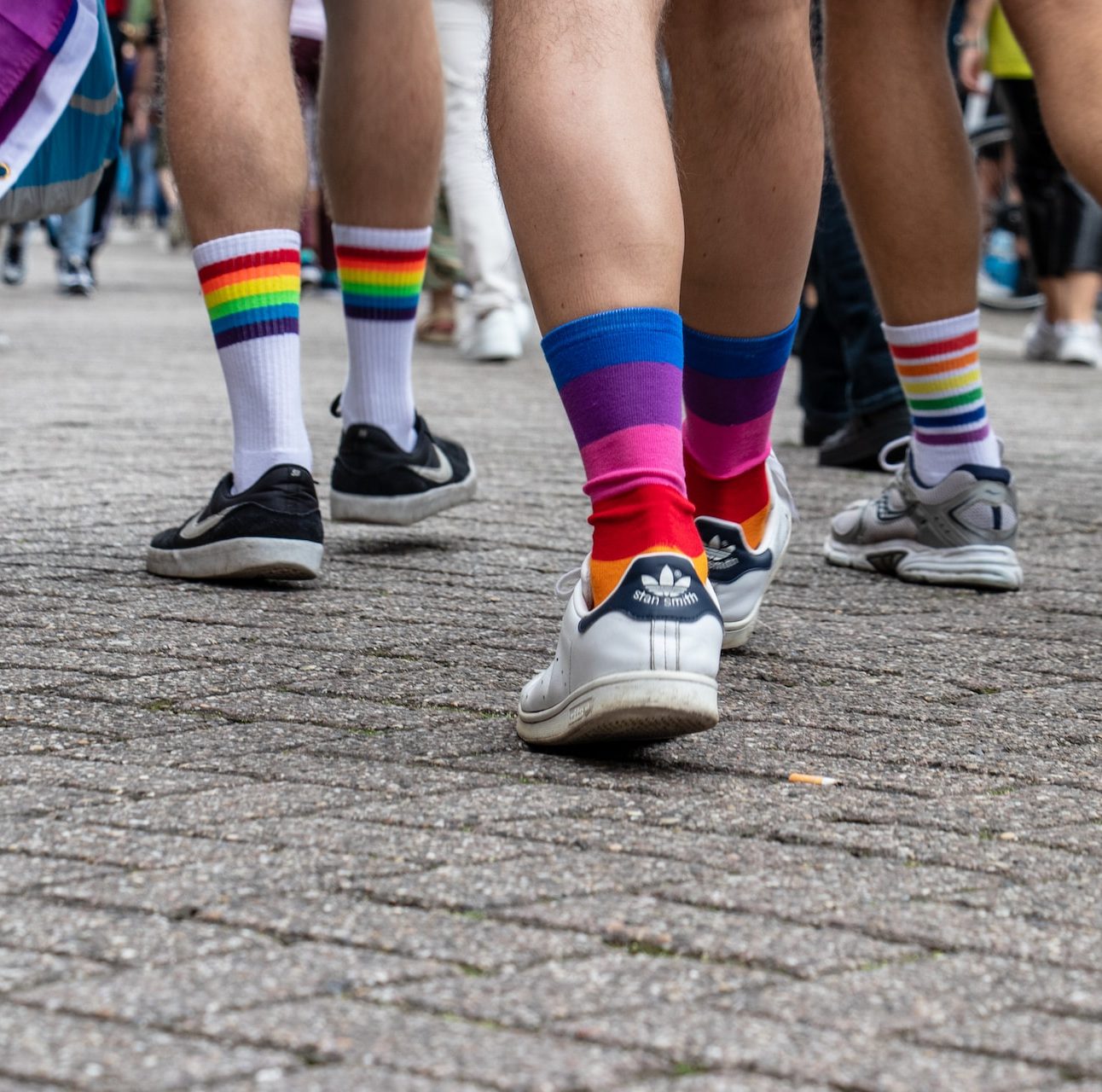
lgbtq+ representation in housing services
What young LGBTQ+ people want from housing services and what the services say

LGBTQ+ young people are at greater risk while homeless than homeless people who are not LGBTQ+
LGBTQ+ people and those with intersectional identities struggle more with homelessness.

What young LGBTQ+ people want from housing services and what the services say

When young people were seeking help for their housing worries, who did they turn to?

How did young LGBTQ+ people who sought support from services feel?